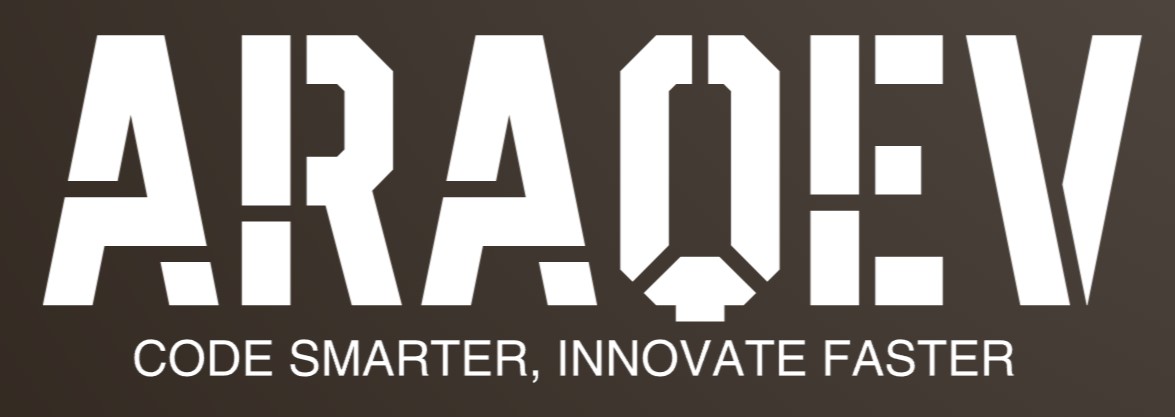How Can I Rewrite an Absolute Path to a Relative Path?
In the world of web development and file management, the distinction between absolute and relative paths is crucial for ensuring seamless navigation and functionality. Whether you’re building a website, organizing files, or collaborating on a project, understanding how to rewrite absolute paths into relative paths can significantly enhance your workflow. This process not only streamlines…
